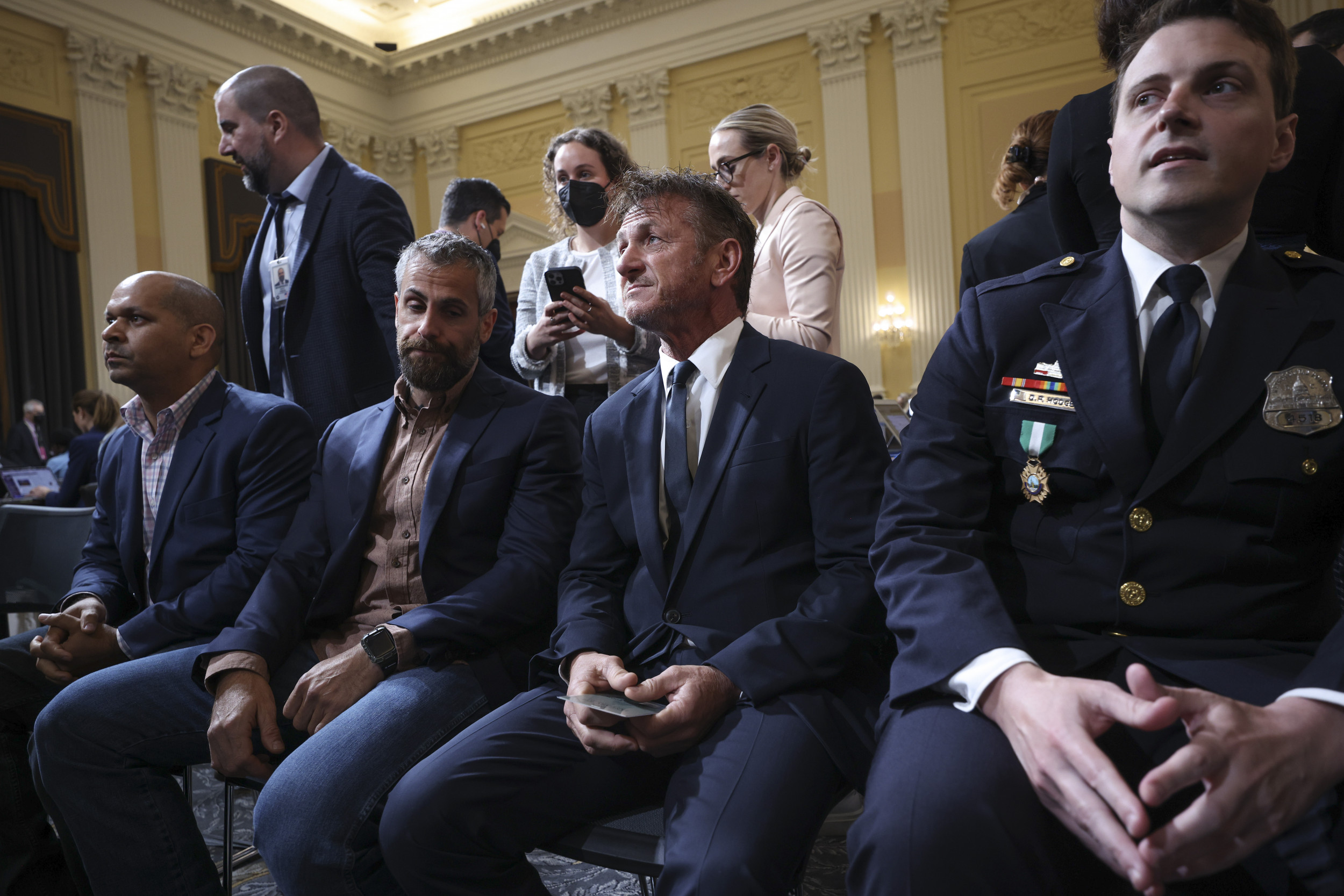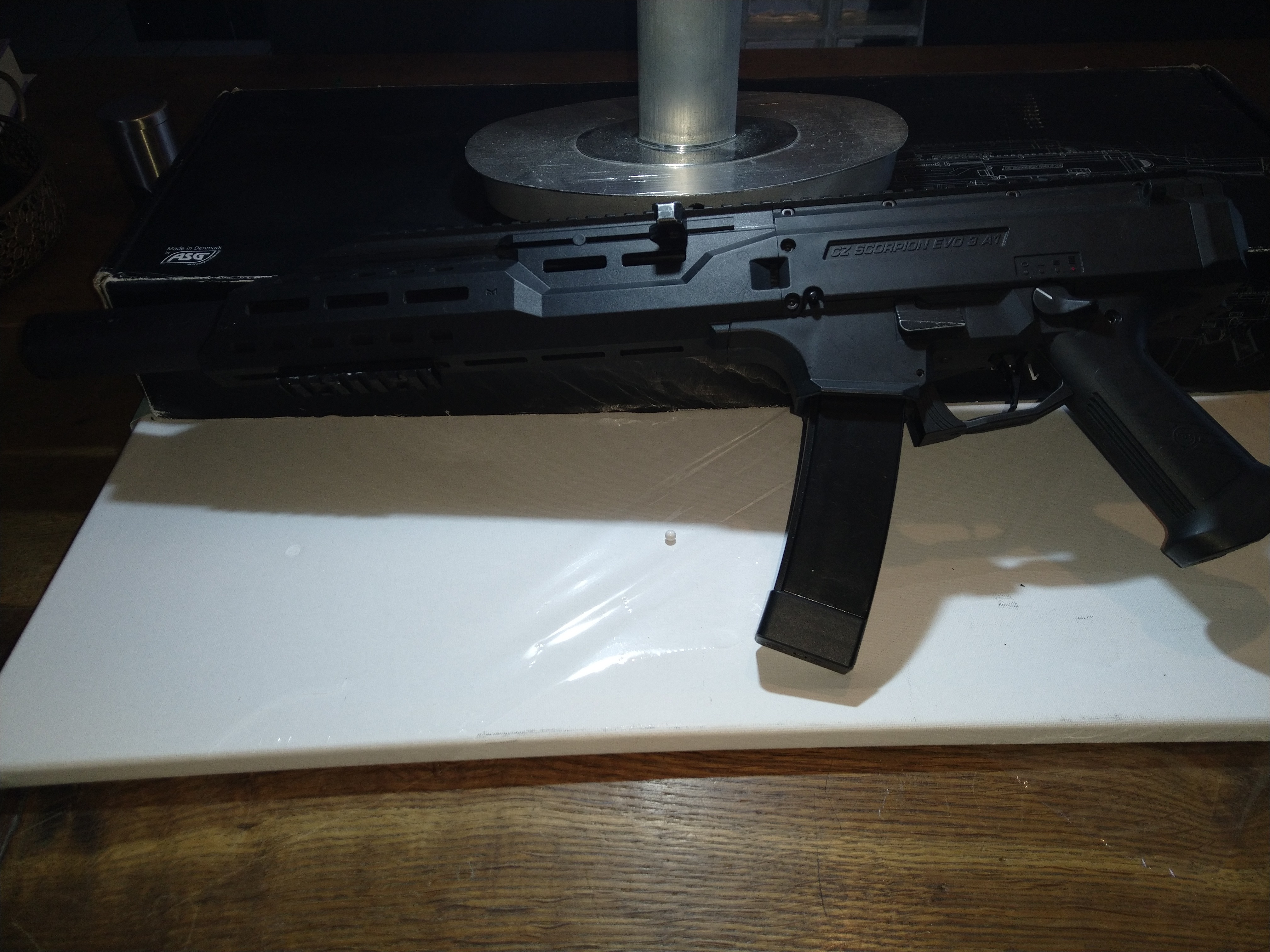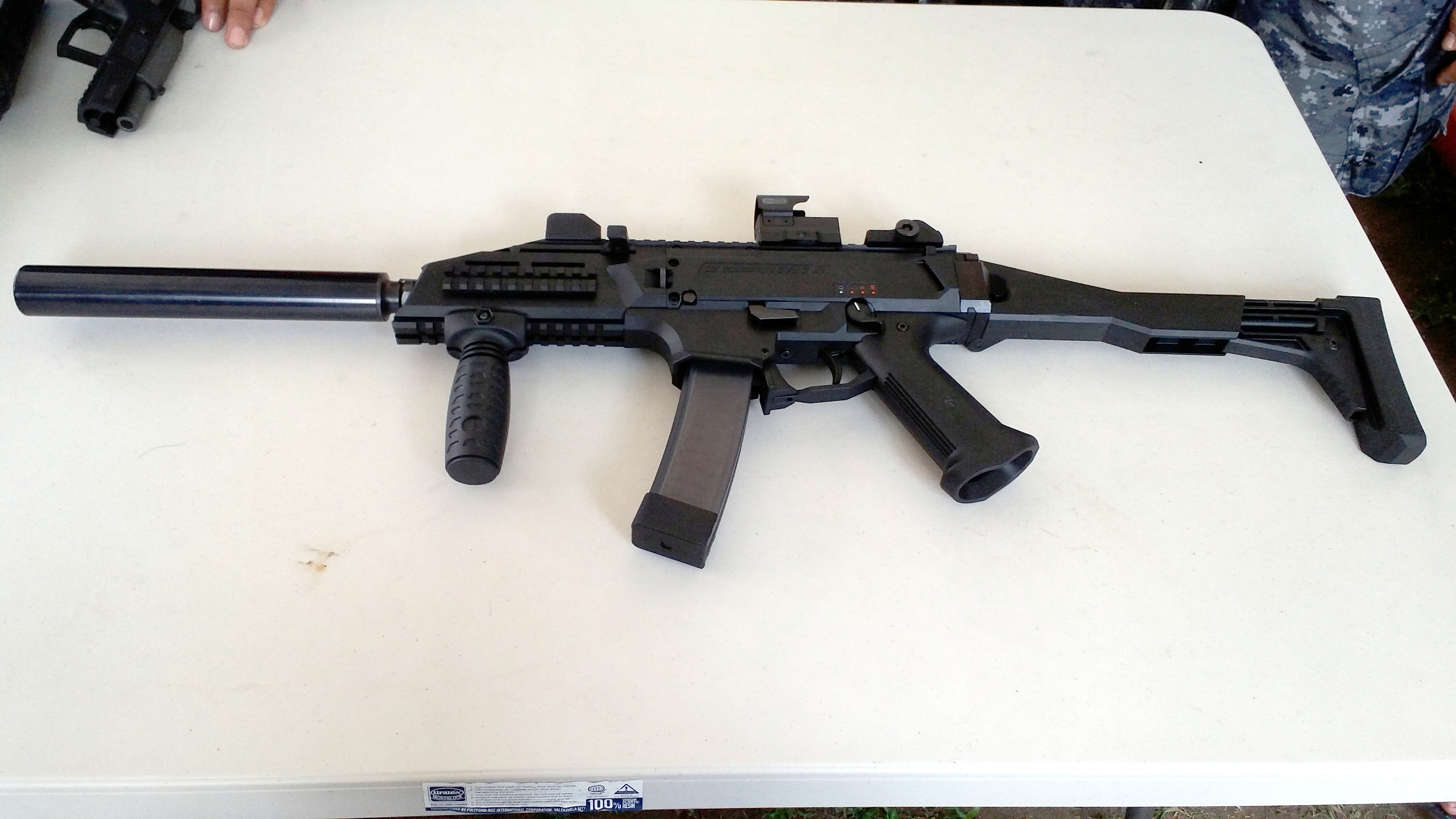Scorpion Fighter Jet - The Textron AirLand Scorpion is an American jet aircraft offered for sale for light attack and intelligence, surveillance and reconnaissance (ISR) missions. It is being developed by Textron AirLand, a joint venture between Textron and AirLand. The prototype was secretly built by Cessna at its facility in Wichita, Kansas from April 2012 to September 2013 and first flew on December 12, 2013.
Approached Textron with the concept of creating "the cheapest tactical jet aircraft in the world". The two companies formed a joint venture called Textron AirLand, and development of the aircraft began in January 2012. Neither Textron nor its successors had much experience in the design of sustained combat aircraft. Textron saw a market for this type: while military aircraft were getting more expensive, defense budgets were shrinking.
Scorpion Fighter Jet

The first concept was called the Scorpion, which had a single engine. In early 2012, engineers reviewed more than 12 design configurations that met their goals and selected four designs; the team eventually settled on a two-engine tandem-seat configuration.
Scorpion: Low Cost Fighter Jet For Future Battles?
The aircraft was codenamed SCV12-1 or simply "the project" and was kept secret. At its peak, the production team was 200 people, which eventually dwindled to 170 people, including 120 engineers. The outer contours were created in May 2012 and production of the wings began in August 2012. Unusually, the wind tunnel tests were conducted after the wing sections were built.
In a traditional aircraft development program, the Department of Defense or the military submits detailed requirements that are often hundreds of pages long. Instead, Textron AirLand required a market and capability analysis to determine what internal and external forces it required, but did not.
A design team of Textron, Cessna, and Bell Helicopter employees gathered in one building, all focused on the task, allowing decisions to be made in hours instead of days. To avoid alerting any potential competitors, development was kept secret through nondisclosure agreements, sourcing parts from local suppliers, and the natural "small town" nature of Wichita, Kansas. Cessna inventory technology or other available and affordable components and hardware were used.
In November, Textron spokesman David Sylvester confirmed that Cessna was involved in building the Scorpion prototype, but would not be able to build any production models. Sylvester stated: "Depending on demand and production capacity needs, the final production location for the Scorpion after the initial low-volume production run (2015) is still to be decided. It may be built 'at' Cessna, but by a joint venture called Textron AirLand." ".
Is Textron Airland's Scorpion Close To Its First Customer?
In 2014, development time to flight was expected to take 4-5 years, with a target of at least 24 months for the first flight. The phrase "speed is of the essence" drives the program, which aims to create a plane, fly it and sell it as quickly as possible so you don't miss out on opportunities.
If a customer is found, production could begin in 2015, with deliveries 15 to 18 months after receiving the order.
Scorpion flew for the first time on December 12, 2013 for 1.4 hours. The aircraft has civil registration N531TA and is designated as Cessna E530.
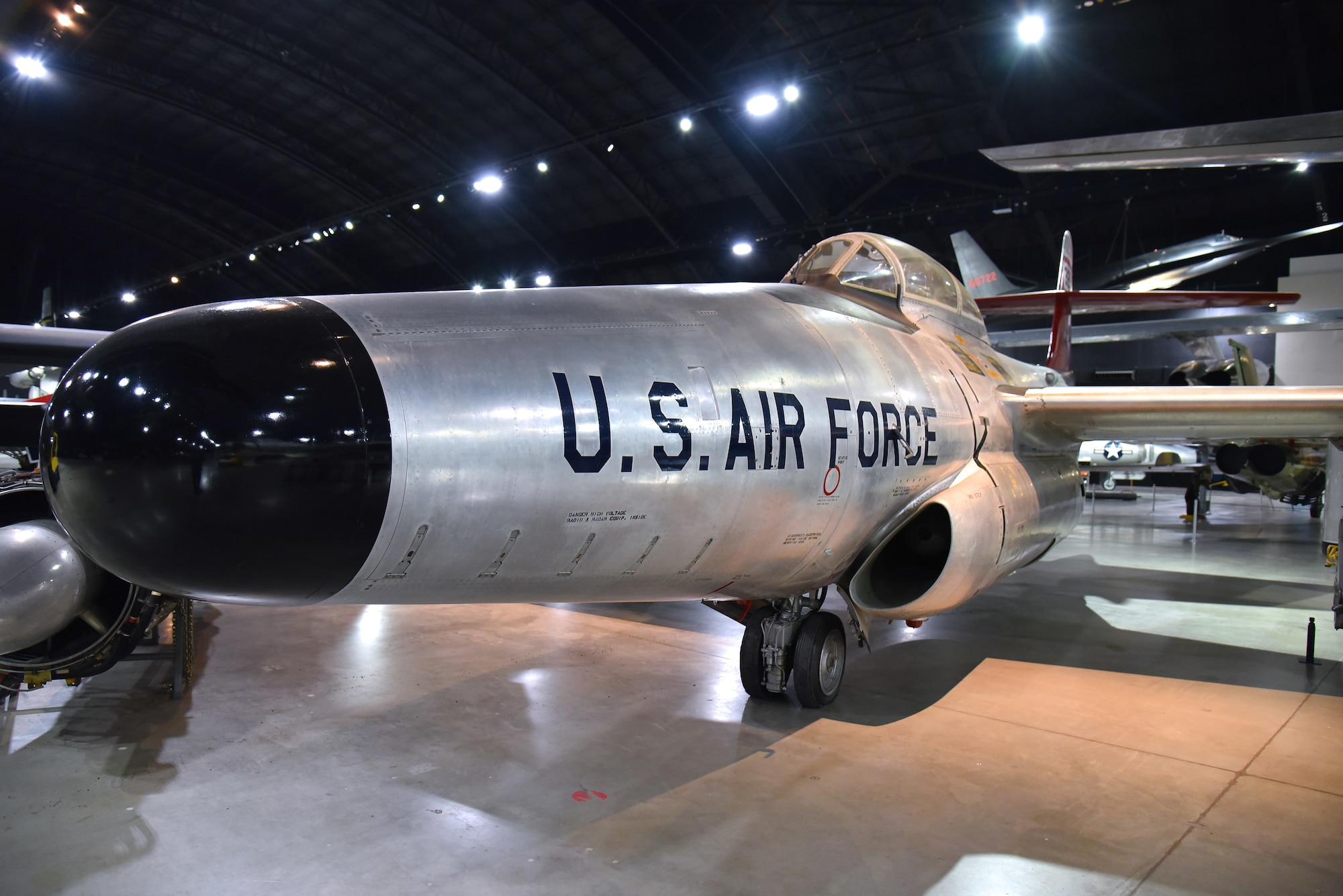
The flight took place 23 months after the aircraft was developed, and the flight certification program lasts two years. Textron AirLand aimed to complete 500 flight hours by 2014 and verify key performance characteristics.
First Production Configuration Scorpion Takes To The Skies
On April 9, 2014, Textron AirLand announced that the Scorpion had reached 50 flight hours in 26 flights. It was flown to 30,000 ft (9,100 m), at speeds of up to 310 kn (360 mph; 570 km/h) and 430 kn (490 mph; 800 km/h), and experienced an acceleration of 3.7 to − . 0.5 g. Station speed was determined at less than 90 kn (100 mph; 170 km/h). Other tests performed included pulling out one engine and shutting down the engine in flight. Pilots have reported that the Scorpion is nimble, nimble and powerful with an engine that has good low-speed characteristics. It also showed the suspension of a Cessna 182. Fixed few issues related to using mature and underdeveloped systems.
As of May 19, 2014, the Scorpion had flown 76.4 hours in 41 test flights; No scheduled flights were canceled due to mechanical or maintenance issues. During the tests, incremental improvements to the aircraft were to be made. Participation in the Farnborough International Exhibition in 2014 accelerated the change; Modifications included an anti-icing engine inlet system and a metal leading edge instead of composite for flight in a wide range of weather conditions, a cockpit ladder so that the pilot did not need a ground crew ladder, and an on-board oxygenation system. instead of oxygen bottles and other emergency items. The modified Scorpion resumed flights on June 1, 2014.
The first standard production aircraft flew for the first time on December 22, 2016. It has simplified landing gear, larger wingtips and new avionics, including practical throttle and stick controls.
The Scorpion is a twin-jet tandem aircraft with a composite fuselage designed for light attack and reconnaissance, surveillance and reconnaissance. Manufacturing costs have been reduced by using common commercial technology, manufacturing resources and components developed for Cessna business jets; like the flap actuation mechanism of the Cessna Citation XLS and Cessna Citation Mustang, the aileron actuation mechanism of the Citation X.
Scorpion Light Strike Isr Fighter Aircraft
Textron calls the AirLand Scorpion an ISR/attack aircraft rather than a "light attack" aircraft. The joint initiative also says that the Scorpion is designed to carry out "non-traditional ISR" missions, such as those carried out by US fighters in Iraq and Afghanistan. The Scorpion is economically designed to conduct armed reconnaissance using ssors to travel above 15,000 feet higher than most ground fires and still be rugged enough to sustain minimal damage.
Designed to be affordable, the Scorpion costs $3,000 per flight hour and costs less than $20 million per unit.
Although it is a double plane, it can be controlled by one pilot. Textron AirLand has selected Cobham plc to design the cabin, which will feature state-of-the-art flat screen displays. The aircraft does not fly in order to reduce costs and simplify the design. The demonstrator, as well as the production versions, are powered by two Honeywell TFE731 turbofans that generate 8,000 pounds (3,600 kg) of total thrust. According to Textron AirLand, endurance is optimized for 5 hours of up to 150 miles from base.
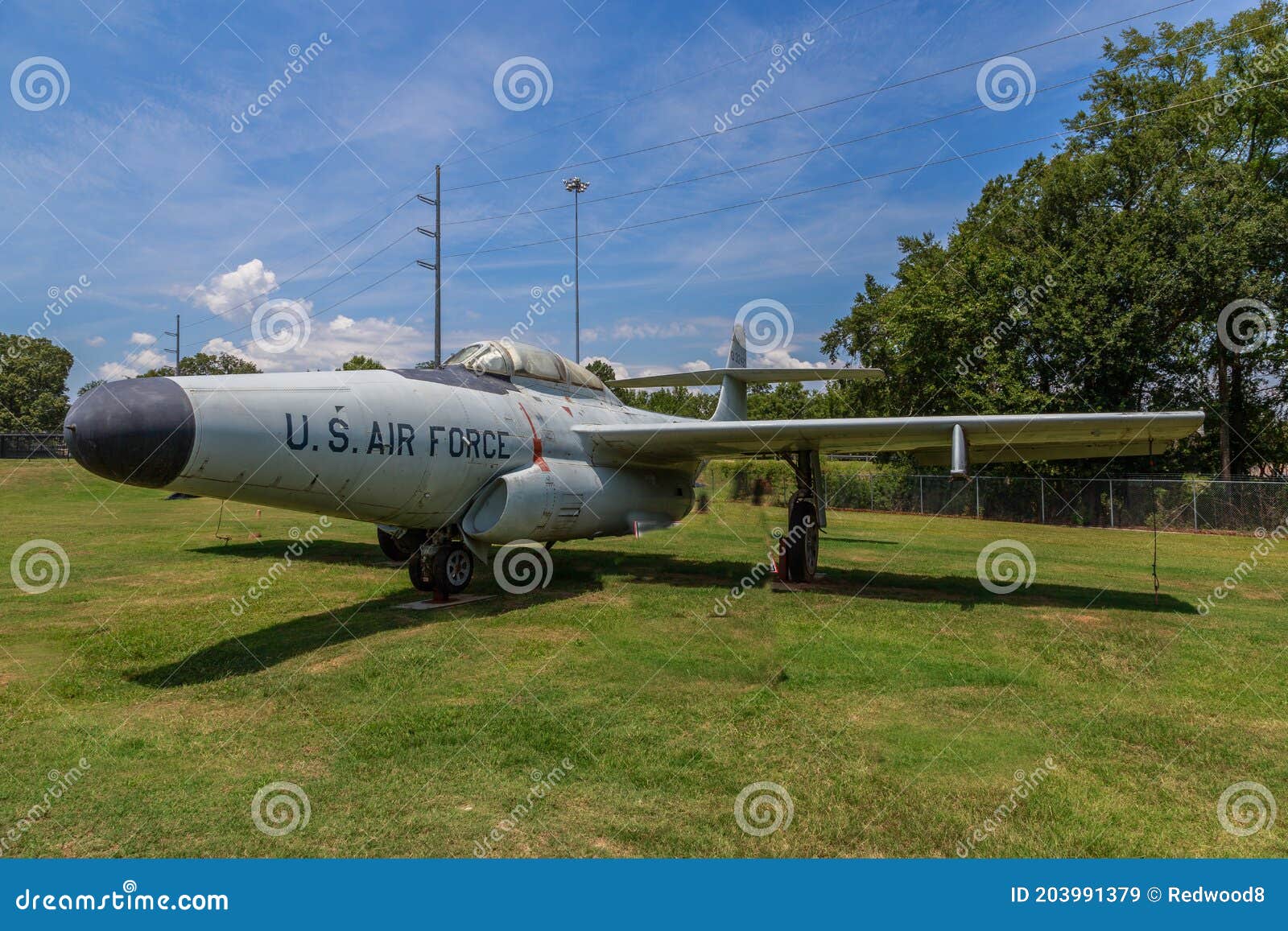
Kaman Composites, a subsidiary of Kaman Aerosystems, provided several components for the Scorpion prototype, including wing mounts, vertical and horizontal stabilizers, wing fuel access panels, main landing gear doors, and various cover panels.
Development] F 89b And F 89d Scorpion: Jet Bros
Except for the landing gear and engine fittings, the airframe is completely composite and has an expected life of 20,000 hours. The Scorpion must carry a payload of 3,000 pounds (1,400 kg) of munitions and non-target or intelligence-gathering equipment in a configurable and reconfigurable internal bay. The 14.4 m (47 ft) wings are largely unswept and have six hardpoints. The modular design allows the wings to be removed and replaced with different wing designs.
In August 2014, Scorpion was involved in a major chemical spill that required cleanup and search and rescue operations. A test pilot flew a Textron Scorpion that circled the area for several hours while transmitting full-motion video to members of the US Air National Guard. The goal was to demonstrate the aircraft's intelligence and reconnaissance capabilities to fill a slot for Air National Guard missions and a promotional exercise.
Scorpion achieved 100% mission access, providing full HD color video and communications with other aircraft and ground stations.
The aircraft is designed to handle mission profiles typically performed by the US Air National Guard, including domestic interdiction, emergency disaster response support, air sovereignty patrols, and low-level threat battlefield missions. The manufacturer claims that it is cheap and runs about $3,000 per hour. Light attack and reconnaissance roles are usually filled by turboprop aircraft and UAVs, often at a lower cost.
K, 5k, 6k, Northrop F 89d Scorpion, Airplane, Fighter Airplane, Painting Art
A US military adoption concept revolves around the Lockheed Martin F-35 Lightning II, an expensive aircraft for high-risk missions; Demand may arise for the low-cost Scorpion for low-risk missions.
It could turn around the historically small market for tactical aircraft; About 60 projected countries may need tactical aircraft but cannot afford high-spec d. Turboprop jet nations may see the Scorpion as a cost-effective replacement for the jet, and F-16 operators may have a less capable aircraft capable of meeting many of their needs.
The target market is the US Air National Guard and foreign countries that cannot afford the F-35 but want the aircraft to perform ISR and light attack missions better than turboprops.

The Scorpion costs less to buy and maintain than an A-10 or F-16 upgrade. For air patrol, the Scorpion requires radar and high-speed flight capabilities, something that the Northrop F-20 Tigershark failed to achieve in the 1980s. The market for light aircraft declined in the 1980s as wealthy countries opted for more powerful aircraft. poor countries behind turboprops and attack helicopters. It is not yet clear whether the Scorpion will be cheaper or better than turboprops or remotely piloted aircraft (RPAs) in terms of range, stability, performance at altitude and ssors.
Textron Airland Marks The One Year Anniversary Of The Scorpion Isr/strike/trainer Jet's First Flight
The United States Air Force has made plans to retire
Second degree assault washington state, 2nd degree assault sentence, 2nd degree aggravated assault, 2nd degree assault mn, 2nd degree assault, 2nd degree assault definition, 3rd degree assault washington state, 4th degree assault washington state, 2nd degree felony assault, 4th degree assault washington, what is assault 2nd degree, 2nd degree assault charges



